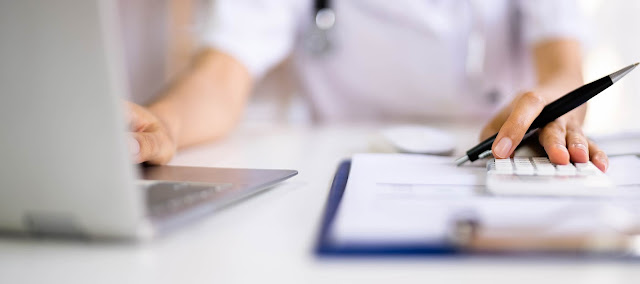Medical bill markups can vary greatly and some can be quite excessive. Here are some examples of the most notorious markups that have been reported:
- Prescription medications: The price of prescription drugs can vary widely depending on where you buy them. Some medical bills have included markups of up to 1,000% for medications, which can be a huge burden for patients covering receivable recovery solutions.
- Medical devices: Some medical bills can include exorbitant markups for medical devices such as crutches, wheelchairs, and other equipment. These markups can range from 100% to over 1,000%, making it difficult for patients to afford the care they need.
- Lab tests: Some lab tests can be marked up by over 1000%, making it difficult for patients to pay for the services they need.
- Emergency care: Emergency room care can be particularly expensive, with markups of over 100% being common for certain services.
- Hospital stays: Hospital bills can be notoriously high, and markups for certain services can be particularly egregious. For example, a patient might be charged $15 for a single Tylenol pill, which is a markup of over 1,000%.
It's important to note that while markups can seem ridiculous, there are many factors that contribute to the cost of medical care, including the high cost of research and development for new treatments, the cost of medical equipment and supplies, and the need to cover the cost of caring for uninsured or underinsured patients. Nonetheless, healthcare providers and insurance companies can work to be transparent about pricing and negotiate fairer prices for patients.




Comments